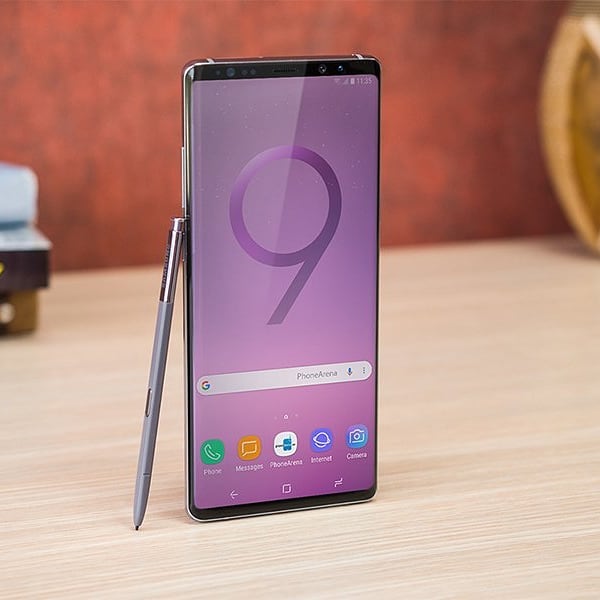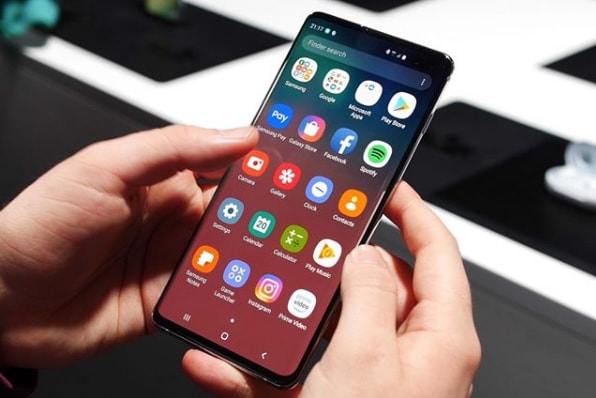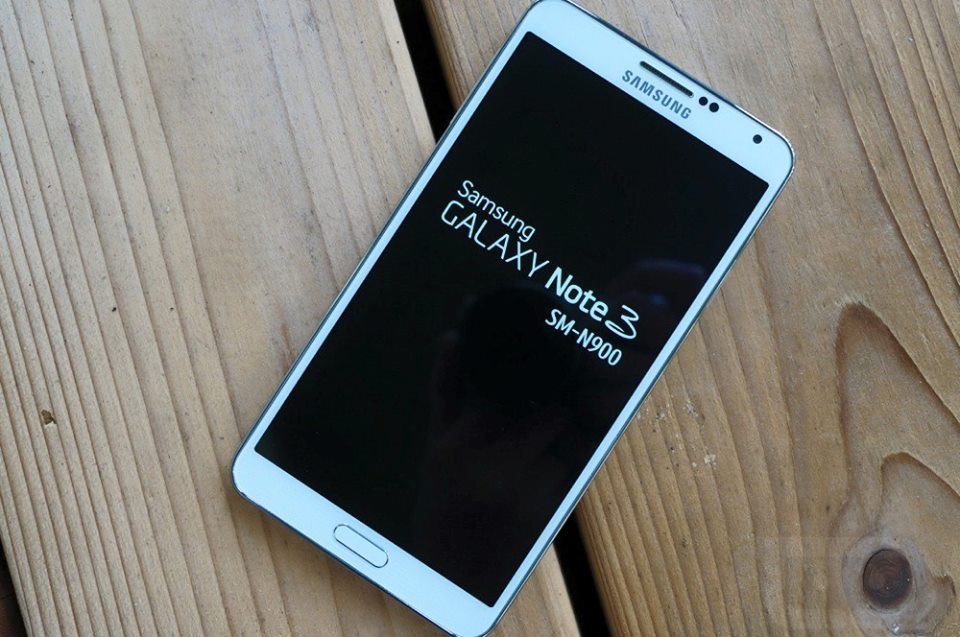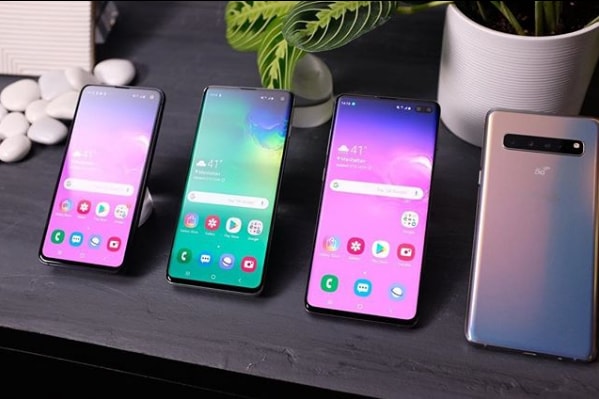The Samsung Galaxy Note 9 is an Android phablet smartphone designed, developed and marketed by Samsung Electronics as part of the Samsung Galaxy Note series. It was unveiled on 9 August 2018, as the successor to the Samsung Galaxy Note 8.
The Note 9 has a 6.4 inch 1440p Super AMOLED display with an 18.5:9 aspect ratio. The design on the front is otherwise similar to the Note 8, using an “Infinity Display” as marketed by Samsung.
The Note 9 has a Qualcomm Snapdragon 845 SoC in the U.S. and China or a Samsung Exynos 9810 SoC outside the U.S. & China. It has 128 or 512 GB storage options. The 128 GB model has 6 GB of RAM while the 512 GB has 8 GB of RAM. All models also have a microSD card slot as well potentially maxing out the phones storage to nearly a Terabyte of data.
The Note 9 has IP68 water & dust resistance and a USB-C connector that supports Samsung DeX without a dock and the phone also has a 3.5 mm headphone jack along with AKG tuned stereo speakers with Dolby Atmos support.
How To Fix Samsung Galaxy Note 9 Overheating issues:
By following these steps:
Factors that causes your Note 9 to overheat:
Although your device may get warm, it has built in safeguards to alert you and protect itself should its internal components go above normal operating temperatures.
Reasons your Note 9 overheats:
Using your device outside of normal operating conditions, 0-35C (32-95F) ambient temperature.
Placing your device near a heat source.
Using multiple apps for an extended period of time.
Continued use in direct sunlight.
Leaving your device in a parked car on a hot day.
Initial set up and data transfer from a prior device.
Processor intensive applications such as gaming or GPS tracking.
System updates.
Charging.
When you use features or apps that require more power or keep your phone on the charger for extended times, it may temporarily heat up. Here are some tips on what to do if it does heat up, and what you can do to avoid overheating.
Solutions for Note 9 overheating:
Disconnect the phone charger and close any running apps until the phone cools down.
Try using a different USB cable. A defective cable can cause overheating.
Remove metal or magnetic material between the phone and the wireless charger.
Keep the phone’s software updated.
Deactivate Wi-Fi, GPS, and Bluetooth when you’re not using them.
Delete unused or unnecessary files and apps.
Turn down the screen’s brightness.
Do not use the phone for a while. If the phone is still overheated or hot, you should contact Samsung.
When Your Phone Attempts to Cool Itself Down.
Your device is designed to change its behavior to regulate operating temperature. In this instance, we suggest you remove your device from any of the environmental conditions listed above and allow it to cool down. In this situation, the phone may power off, close applications, temporarily cease charging, and/or dim the display. When attempting to cool down, your phone will display these or similar notifications.
If the phone powers down due to overheating, let it cool off completely before you begin using it again.
These notifications let you know that your phone needs to cool down and is taking steps to do so (wording may vary by model).
Experiencing difficulties with your Android Device, check out our “How To” page on how to resolve some of these issues.
Other Android Technical Reviews:- Android








